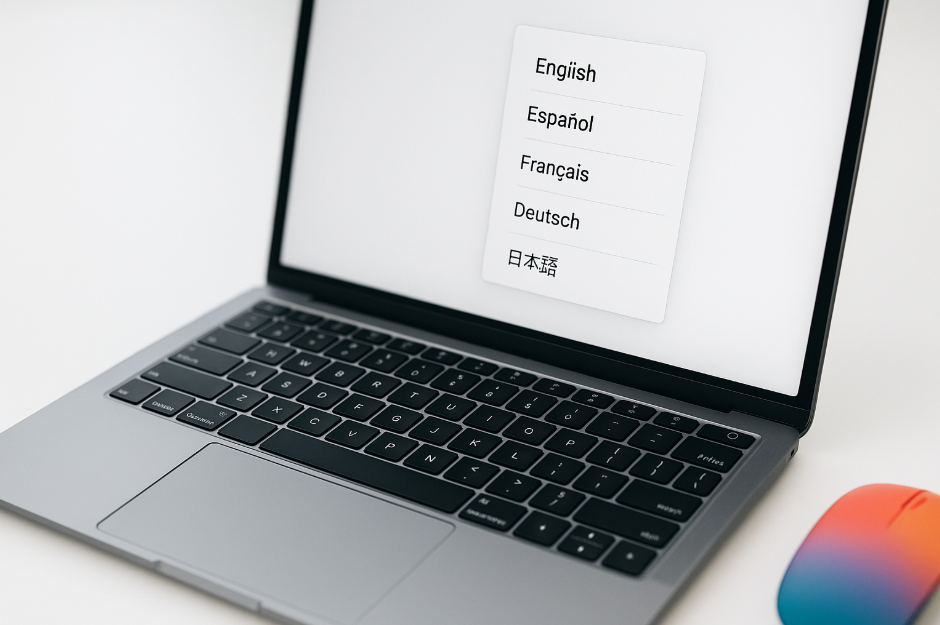Human beings are inherently visual creatures. We’ve been drawing on cave walls for millennia, using hieroglyphics to tell our stories, and relying on maps to find our way. Fast forward to today, and our love for visual content hasn’t waned; it’s only evolved. In the vast and complex world of education, infographics stand out as a powerful tool that combines our love for visual learning with the need to digest information efficiently. But what is it about infographics that makes them such a potent tool for students?
Let’s delve deeper into the world of visual learning and uncover the transformative power of infographics.
A Picture is Worth a Thousand Words
At the heart of it, infographics are visual representations of data, ideas, or information. Whether it’s infographic examples for students illustrating the workings of the human body, the intricacies of a historical event, or a breakdown of a scientific concept, infographics distill complex information into a digestible, visually engaging format.
For students, this translates into several benefits:
- Ease of Understanding: A well-designed infographic can simplify intricate topics, making them easier to grasp. Instead of wading through pages of text, a student can glance at an infographic and quickly understand the core ideas.
- Retention and Recall: Visuals are processed 60,000 times faster than text. When students learn through visuals, they’re more likely to remember the information. This is especially beneficial when revising for exams or recalling information for discussions.
- Engagement: Let’s face it, long chunks of text can be tedious. Infographics, with their vibrant colors, innovative designs, and concise content, are inherently more engaging. This increased engagement can boost motivation and encourage a deeper interest in the subject matter.
The Neuroscience Behind Visual Learning
It’s not just anecdotal evidence that points to the efficacy of infographics; science backs it too. The human brain is primed for visual processing. A significant portion of our brain is dedicated to visual functions, which means we’re biologically wired to understand and remember visual information better.
According to the Dual Coding Theory, put forth by Allan Paivio in the 1970s, our brains process verbal and visual information differently. When students are presented with information in both textual and visual forms, like in an infographic, they have two ways to remember that information. This dual encoding increases the chances of information retention.
Infographics In The Digital Age
Today’s generation of students, often termed digital natives, has grown up in a world filled with screens, animations, and visual stimuli. For them, consuming information through infographics is second nature. In the digital age, where information is abundant but attention spans are short, infographics serve as a bridge, ensuring that essential knowledge is conveyed and retained.
Moreover, with the proliferation of digital tools and platforms, creating infographics has never been easier. Students don’t merely remain passive consumers; they can also become creators. By designing their infographics, they engage in a deeper level of learning, synthesizing information, and presenting it in a manner that makes sense to them.
Implementing Infographics In Education
Given their myriad benefits, how can educators effectively incorporate infographics into the learning process?
- Summarize Lengthy Topics: Instead of handing out lengthy notes or readings, educators can use infographics to provide a summarized version of the topic. This aids quick revision and provides a foundation upon which deeper understanding can be built.
- Student Projects: Encourage students to create their own infographics. This activity promotes research skills, critical thinking, and creativity. Whether it’s a book report, a science project, or a history lesson, infographics can add a fresh twist to traditional assignments.
- Discussion Starters: Infographics can be used to initiate class discussions. A thought-provoking infographic can serve as a conversation starter, leading to deeper exploration and understanding of the topic.
- Supplement Digital Learning: For online or blended learning modules, infographics can act as supplementary material, providing visual breaks and enhancing understanding in digital formats.
The Versatility Of Infographics Across Subjects
Infographics are not restricted to any specific field of study. Their adaptability makes them suitable for various subjects, from mathematics to history, from literature to environmental science:
- Sciences: Infographics can vividly illustrate the process of photosynthesis, map out the human circulatory system, or depict the lifecycle of a star.
- Humanities: Historical timelines, geographical mappings, and the evolution of languages can be seamlessly portrayed using infographics.
- Mathematics: Complex problems or concepts like the Pythagoras theorem, probability trees, or growth curves can be made comprehensible through visual representations.
- Arts & Literature: Plot summaries, character connections in a novel, or art movements throughout history can be beautifully showcased.
Their universal applicability ensures that students of varied interests and proficiencies can benefit from them, breaking down barriers of complexity and enhancing accessibility.
Enhancing Critical Thinking Through Design
While consuming infographics has its set of benefits, the process of creating one further elevates a student’s learning curve. Crafting an infographic requires a deep understanding of the subject matter, a knack for identifying key information, and the creative ability to represent this information visually. How infographics enhance critical thinking through design:
- Analyzing Information: Before designing, students must sift through vast amounts of information, distinguishing the vital from the non-essential. This sharpens their analytical abilities.
- Design Thinking: Designing an infographic isn’t just about making it look good; it’s about ensuring that the representation makes sense, is logical, and flows coherently. This instills a sense of design thinking in students, where they consider user experience and information hierarchy.
- Feedback Loop: Once students create their infographics, they can present them to peers and educators, receiving feedback. This iterative process allows for reflection, adaptation, and improvement of essential skills in the real world.
By pushing students to not just be passive recipients but active creators, we foster a holistic approach to learning where critical thinking, creativity, and practical skills coalesce.
Infographics As A Catalyst For Collaborative Learning
Collaboration is an integral part of holistic education, and infographics can play a pivotal role in fostering such an environment. When students embark on the journey of designing an infographic together, it becomes a communal process of sharing, understanding, and creating.
In a team-based creation, each student brings their unique perspective to the table. The science enthusiast might focus on the accuracy of the data, the artist might brainstorm on the aesthetic representation, and the linguist might work on presenting the text in a concise manner. This collaborative effort doesn’t just culminate in the creation of an infographic; it results in a melting pot of ideas, broadening each student’s horizons.
Peer review sessions, post the creation of infographics, serve a dual purpose. For the creators, it offers a fresh set of eyes that might catch inconsistencies or areas for improvement. For the reviewers, it provides an opportunity to engage with content from a different angle, enriching their understanding of the topic at hand.
Conclusion
The age-old adage “seeing is believing” holds even more weight in the context of learning. Infographics, by leveraging the power of visual representation, have the potential to revolutionize education. They cater to our innate preference for visuals, simplify complex data, and make learning a more engaging and memorable experience.
Incorporating infographics into the educational process can unlock the full potential of visual learning, providing students with tools that align with their digital sensibilities while ensuring they are equipped to understand and retain information in our increasingly complex world.









